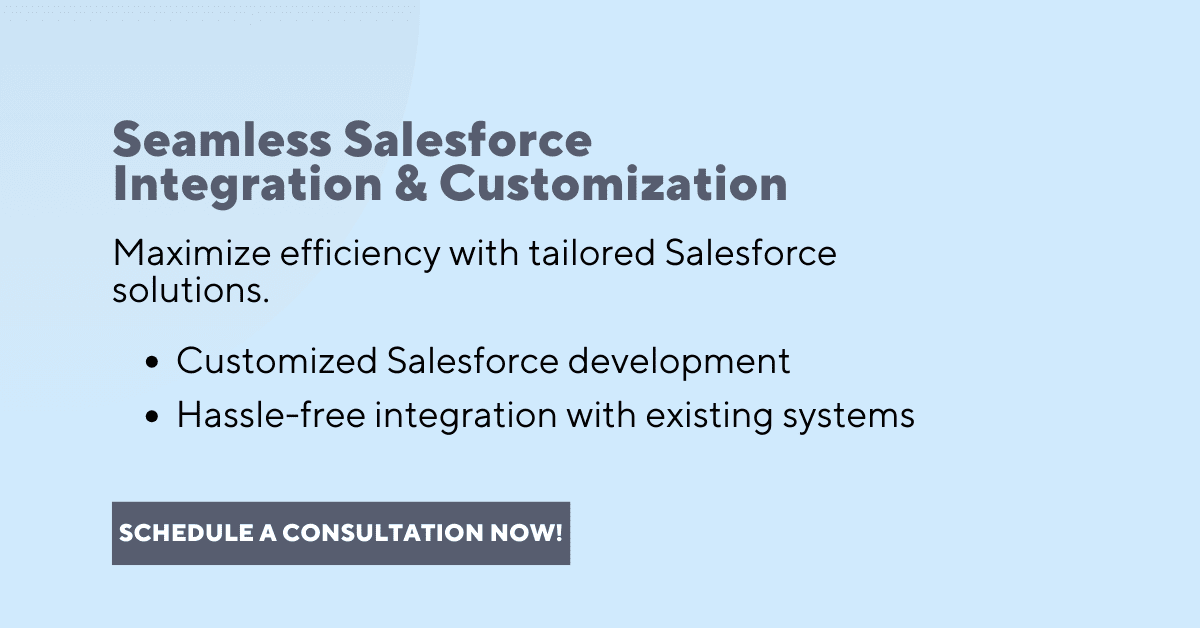Project Background
Our client THF, a real estate company, needed a custom solution to streamline internal communication and manage a high volume of property-related documents. With multiple teams handling transactions, contracts, and client communications, they required an integrated system to unify Salesforce and SharePoint. The objective was to improve operational efficiency, reduce manual processes, and ensure easy access to up-to-date property documents and client information.

Challenges
The real estate company faced the following challenges:
- Disconnected Systems: Salesforce and SharePoint operated independently, causing duplicate data entries and making document management cumbersome.
- Manual Processes: Employees had to manually switch between systems to access property documents and client information, leading to inefficiencies and errors.
- Fragmented Communication: Important data and documents were scattered across platforms, leading to miscommunication between teams and delayed property transactions.
Solution
Zenesys provided a tailored integration solution to seamlessly connect Salesforce and SharePoint, enhancing the real estate company's workflow. The integration aimed to resolve issues related to data inconsistency, manual document handling, and inefficient platform switching. Our solution comprised the following key components:
Salesforce-SharePoint Integration
We built a middleware to synchronize Salesforce and SharePoint in real time. This integration ensured that whenever client or property data was updated in Salesforce, the corresponding documents and records in SharePoint were automatically updated as well.
- Real-Time Data Sync: The middleware enabled bi-directional data flow between Salesforce and SharePoint, keeping both platforms in sync. Whether a change was made in Salesforce (such as updating client details) or in SharePoint (like adding new property documents), the systems automatically reflected those updates.
- Automated Workflows: We implemented automated triggers that initiated actions based on events in Salesforce. For example, when a new property was listed in Salesforce, the integration would automatically create corresponding folders and documents in SharePoint, streamlining the process and reducing manual errors.
Automated Document Management
The integration automated the management of property and client documents, reducing manual intervention and minimizing errors.
- Document Creation and Updates: Documents related to property transactions and client interactions were automatically generated in SharePoint based on activities in Salesforce. For instance, when a contract was initiated in Salesforce, the related contract documents were immediately created and saved in SharePoint.
- Version Control and Organization: Every time a document was updated, the system ensured that SharePoint maintained version control, keeping a record of all changes. This automated system guaranteed that employees always had access to the latest, accurate versions of important documents.
Streamlined User Interface
To improve usability, we integrated Salesforce and SharePoint into a single, cohesive interface that made it easier for the team to access information without switching between platforms.
- Unified Document Access: Team members could retrieve and manage SharePoint documents directly from Salesforce, thanks to an intuitive interface. This interface provided quick links to all relevant files, allowing employees to access property contracts, transaction records, and client information in one place.
- Enhanced Search Capabilities: We also included advanced search functions, enabling employees to search for specific documents stored in SharePoint without leaving the Salesforce environment. This saved time and eliminated unnecessary steps, enhancing productivity.
Need Help With Salesforce Development?
Whether you're building from scratch or customizing an existing Salesforce setup, our experts can guide you every step of the way.
Explore Our Salesforce ServicesResults
The custom solution provided tangible benefits to the real estate company:
- Improved Efficiency: Teams could manage property documents and client communications seamlessly, resulting in a 35% reduction in administrative time spent on document handling and communication.
- Enhanced Collaboration: Real-time data synchronization between Salesforce and SharePoint improved team collaboration, ensuring that all departments had access to the most up-to-date information, leading to faster property transaction cycles.
- Reduced Errors: Automation of manual processes led to a 25% reduction in data entry errors, streamlining property listings, contracts, and client records.
- Scalability: The Azure-based solution provided the flexibility to scale as the company expanded its real estate portfolio and operational needs.

.webp?lang=en-US&ext=.webp)

.webp?lang=en-US&ext=.webp)

